Conservation of Biodiversity
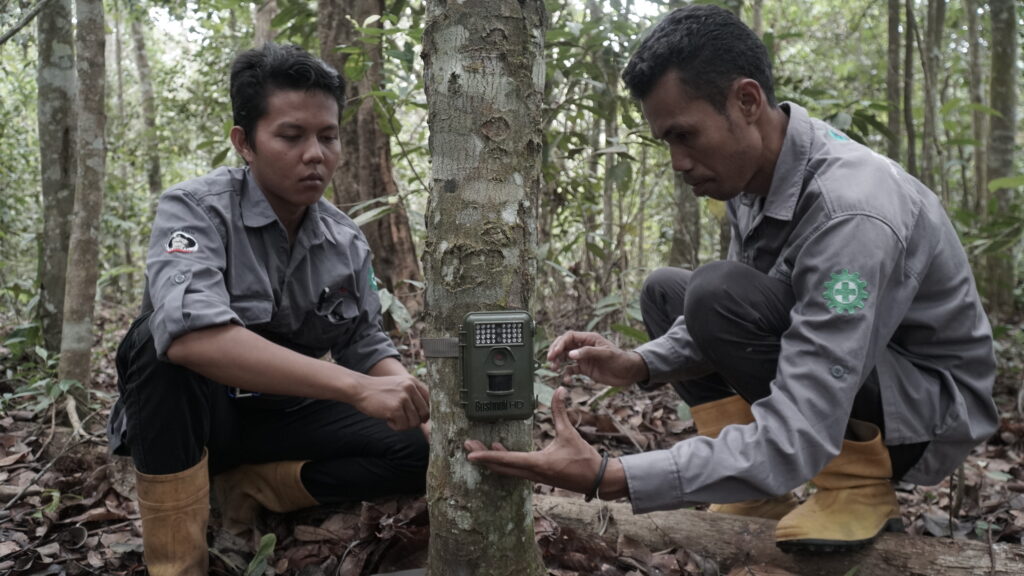
DSN Group is committed to preserving protected species based on Indonesian government regulations, as well as rare, threatened, and endangered species listed on the “IUCN Red List”. We also strictly forbid our employees and suppliers to hunt, distribute, trade, breed, injure, or kill any kind of species on the plantations of DSN Group, except hunting by the local community for the purpose of meeting needs which does not cause a decline in the population of local species.
As a guideline in implementing our commitment, DSN Group also has a “Conservation of Protected Plants and Animals” procedure, which refers to the IUCN Red List, and set as a base for the list of protected species in our HCV/HCS areas.
The socialization of the procedure and the said list has been conducted in some ways, including by installing warning boards and pictures of protected animals, face-to-face dissemination with employees, students, and communities around the plantations.
We also strictly forbid any form of testing on animals in our company.
Biodiversity
The SHE Department’s Conservation Section has conducted activities that support the company’s commitment to environmental conservation and producing sustainable palm oil.
In 2014, the Faculty of Forestry UGM conducted a biodiversity survey in the conservation area of PT Pilar Wanapersada. The results have recorded that PT Pilar Wanapersada possess areas with high biodiversity; 614 species of flora, 132 species of birds from 38 families, medium and large mammals 6 species from 5 families, small mammals 19 species from 9 families, herpetofauna 32 species from 13 families. Likewise for rare species and high conservation status fauna are found in almost all surveyed locations consisting of 51 species of birds, 5 species of medium and large mammals, 7 species of small mammals, and 2 species of herpetofauna.
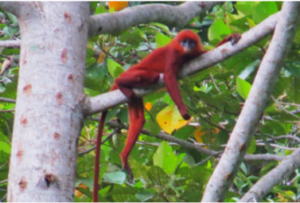
Photo of a kelasi (red langur) found in the Bukit Pendulangan conservation area.
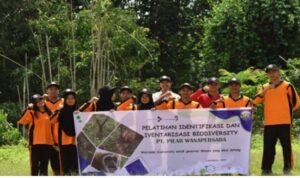
Conservation Class Activity at PT PWP to Introduce Biodiversity to School Students
In 2020, the DSNG conservation team conducted a survey of orangutans (Pongo pygmaeus) in the PT Dewata Sawit Nusantara conservation area and found 4 orangutans; 2 adults and 2 juveniles.
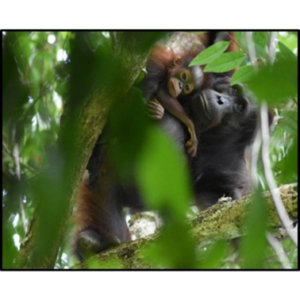
Orangutan (mother and child) spotted in PT Dewata Sawit Nusantara Conservation Area
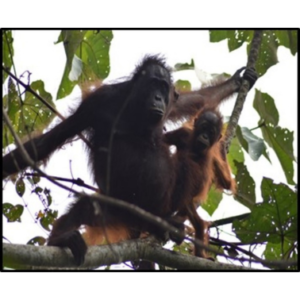
Orangutan (mother and child) spotted in PT Dewata Sawit Nusantara Conservation Area
By 2023, the SHE & Conservation Department had recorded a total of 528 mammal, 431 bird, 45 reptile and amphibian encounters. In addition, 223 plant species have been recorded in PT Dewata sawit Nusantara’s conservation area.
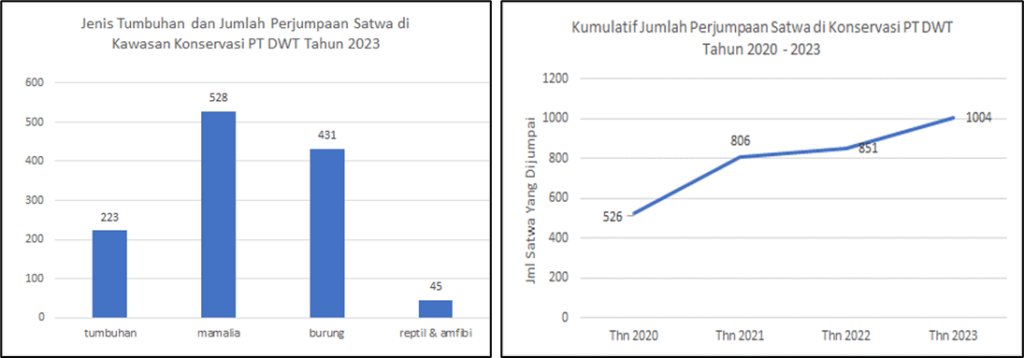
Based on species, the results of animal and plant monitoring in 2023 by the SHE & Conservation Department in the PT DWT Conservation Area recorded 20 species of mammals, 109 species of birds, 2 species of herpetofauna and 111 species of plants.
As an endeavor to monitor and identify the biodiversity in our concession area, especially wild animals in HCV areas, since 2021 DSN Group has installed camera traps in PT SWA and PT DWT conservation forest areas. The camera trap installation points were determined in consideration where wild animals often pass or stop by. Installation was carried out at 5 points in the conservation forest area of Muara Wahau District, 3 points in the conservation area of Block X PT DWT, 1 point in the conservation area of Block VI PT SWA, and 2 points in the conservation area of Block XVII PT SWA. All cameras are equipped with motion sensors and heat sensors.
Below is documentation of the biodiversity within the company’s conservation areas.

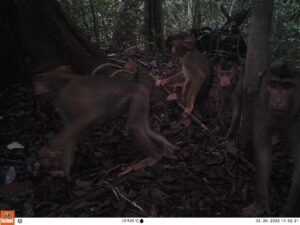
Southern Pig-tailed Macaque (Macaca nemestrina)
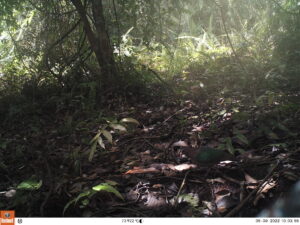
Emerald Dove (Chalcophaps indica)
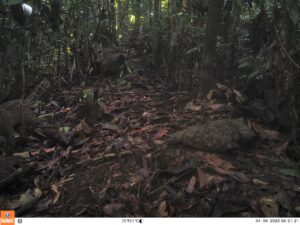
Marbled Cat (Pardofelis marmorata)
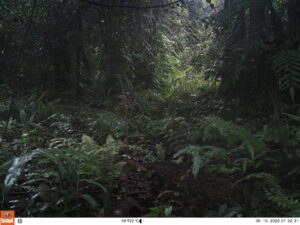
Sunda Leopard Cat (Prionailurus javanensis)
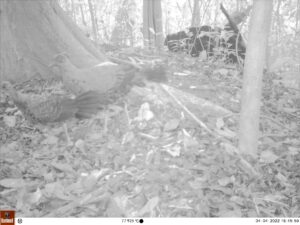
Bulwer’s pheasant (Lophura bulweri)
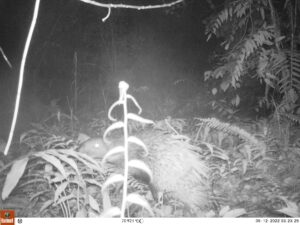
Thick-spined Porcupine (Hystrix crassispinis)
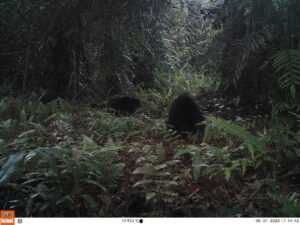
Honey Bear (Helarctos malayanus)
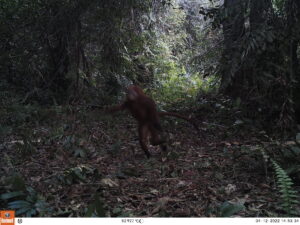
Maroon Leaf Monkey (Presbytis rubicunda)
MONITORING WATER QUALITY AND PLANKTON DIVERSITY
Water is the most important natural resource on earth that all living organisms depend on. Therefore, the SHE’s Conservation Section Team places the highest priority on this water matters and focuses on protecting watersheds and maintaining water quality to support aquatic life as well as protecting river water from pollution. The SHE’s Conservation Section Team continuously monitors the water quality at PT DWT to ensure that the actual water conditions in the Wahau River always in good condition. To that end, the SHE’s Conservation Section Team uses biotic biodiversity in the water as an indicator of water quality.
Samples of aquatic invertebrates have been taken from the Wahau River located within the plantation and conservation of PT DWT. The sampling locations are the predetermined points. By 2023 the SHE’s Conservation Section Team had recorded 637 phytoplankton and 228 zooplankton from the counts. Plankton diversity sampling at PT DWT shows that the water condition in Wahau river falls into the “medium” category. This means that the water is slightly polluted but showing signs of improvement.

